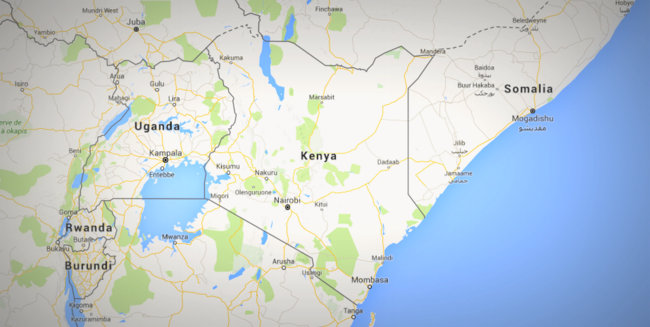 Many thanks to SWLing Post contributor, Gregg Freeby, who writes:
Many thanks to SWLing Post contributor, Gregg Freeby, who writes:
I thought your readers might be interested in this story about a solar powered FM radio station operating in Austin, Texas. The article also includes a brief history of broadcast radio.
http://www.austinchronicle.com/music/2016-01-22/anthem-of-the-sun/print/
Here’s an excerpt from The Austin Chronicle:
Up on the second-story rooftop of Sun Radio, one looks east to the antenna farm near Loop 360 in West Lake Hills, and southwest at the Hill Country gateway of Dripping Springs. From where Denver O’Neal stands, eight rows of solar panels lay out along the north side of our perch.
“We’ve got 48 panels sucking in the sun’s juice,” explains O’Neal, 30, operations director of the station. “It goes into this control box, then converts AC to DC. The juice comes out AC from the panels, where it converts to DC for the outlets.”
Sunlight remains the most abundant natural resource on the planet. A single hour produces more energy than Earth’s population uses in a year. Whereas any child who’s used a magnifying glass to wreak havoc on an anthill has witnessed solar power in action, the U.S. didn’t start harnessing rays to light homes and businesses until the Seventies. Decades of steady market growth meant that by 2004 states began offering rebates for solar panels.
[…]Sun Radio – 88.9FM in Johnson City, 99.1FM for Fredericksburg, 100.1FM here in Austin, 103.1FM out in Dripping Springs, and 107.1FM around Central Texas – began its love affair with solar energy in 2009. Daryl O’Neal and his son Denver bought the station as the 5-watt KDRP running out of a defunct studio in Dripping Springs. Back then, solar tubes were the franchise, reflective consoles installed into the roof in an effort to refract sunlight. Panels replaced them when the O’Neals stretched their signal to a transmitter a mile away.
Think of transmitters as a set of bunny ear antennas. They take the signal being broadcast from a station and cast it toward the horizon. The taller the tower, the further out the signal extends. At 96 feet, Sun Radio’s Dripping Springs tower could barely register among the 1,000-foot TV towers overlooking West Lake Hills. Yet the boost in wattage allowed the station to blanket town.
In 2012, the station bought yet more space on a tower in West Lake Hills to expand its coverage, then installed panels and energy storage batteries there. In Dec. 2013, KDRP itself uprooted from Dripping Springs to Bee Cave, going solar at that location two years later. The panels currently provide enough energy to power the non-commercial station from dawn till dusk, after which they use electricity.
In September, their utility bill read negative $17.12.
Continue reading at The Austin Chronicle…
As Gregg notes, the article actually goes in-depth about the history of radio. Great read–thanks, Gregg!
This article makes me wonder how long will it be before batteries and solar (PV) panels become so efficient and compact that shortwave pirate radio stations can simply deploy a solar-powered transmitter box that absorbs energy during the day, then transmits at night?
Indeed, perhaps someone is already doing this? My only fear would be that an unattended Lithium Polymer pack might cause a fire hazard.

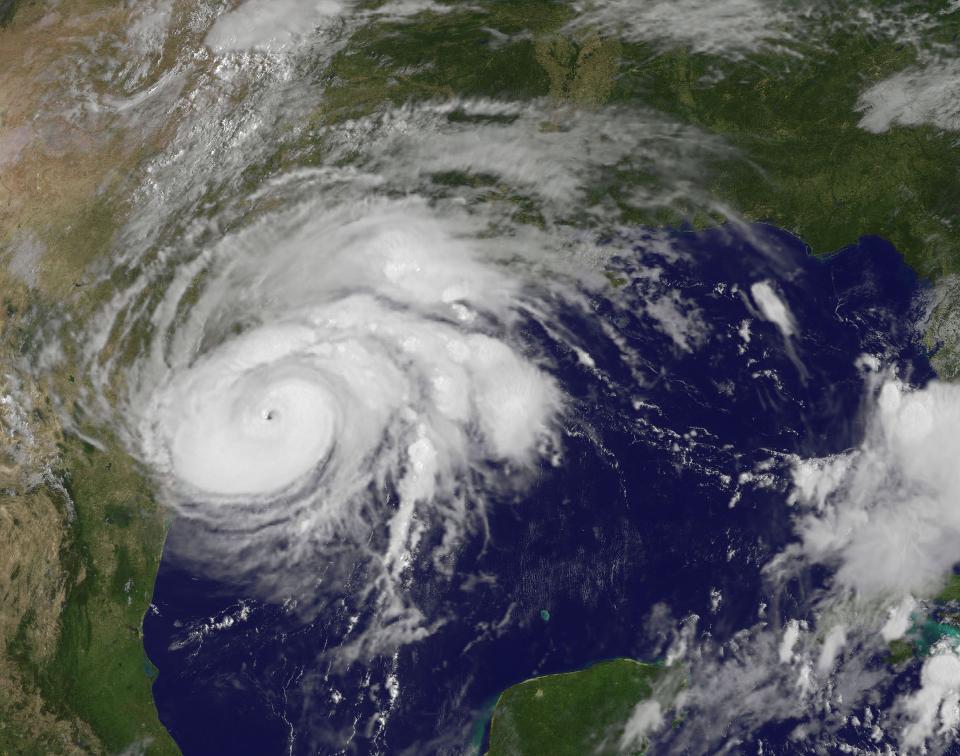
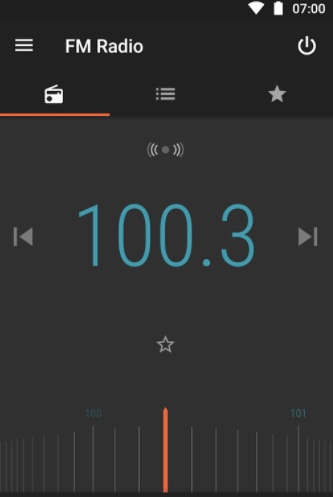
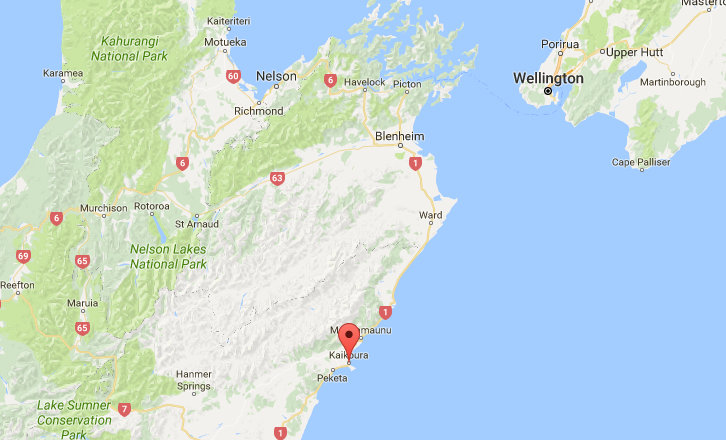
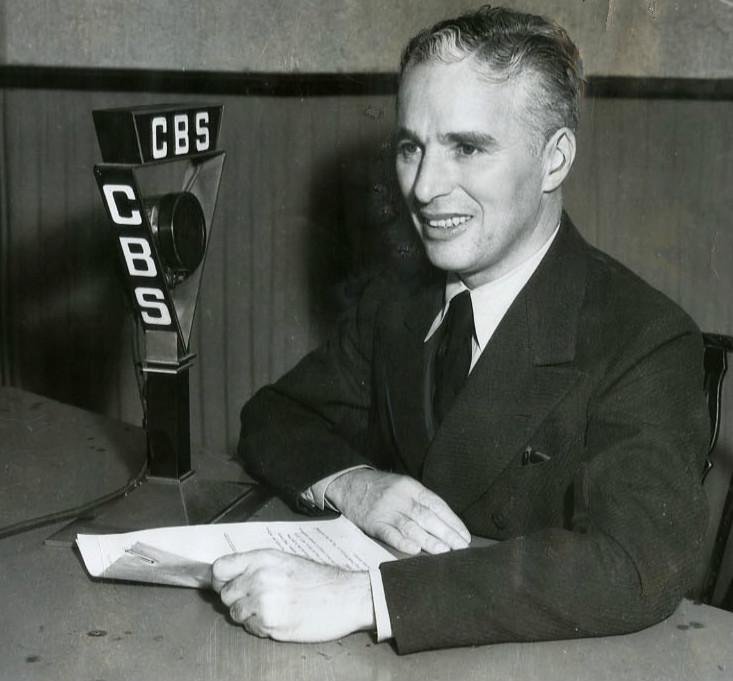
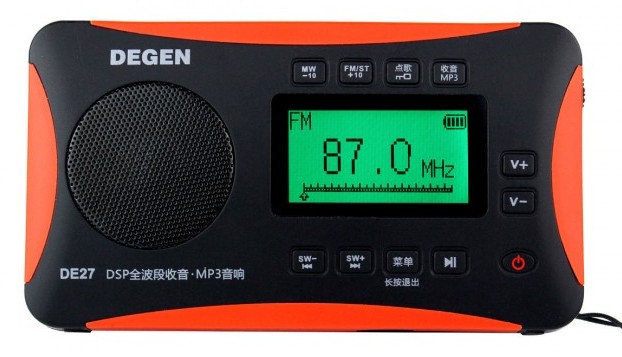 Digital Radio FM Europe blog
Digital Radio FM Europe blog
